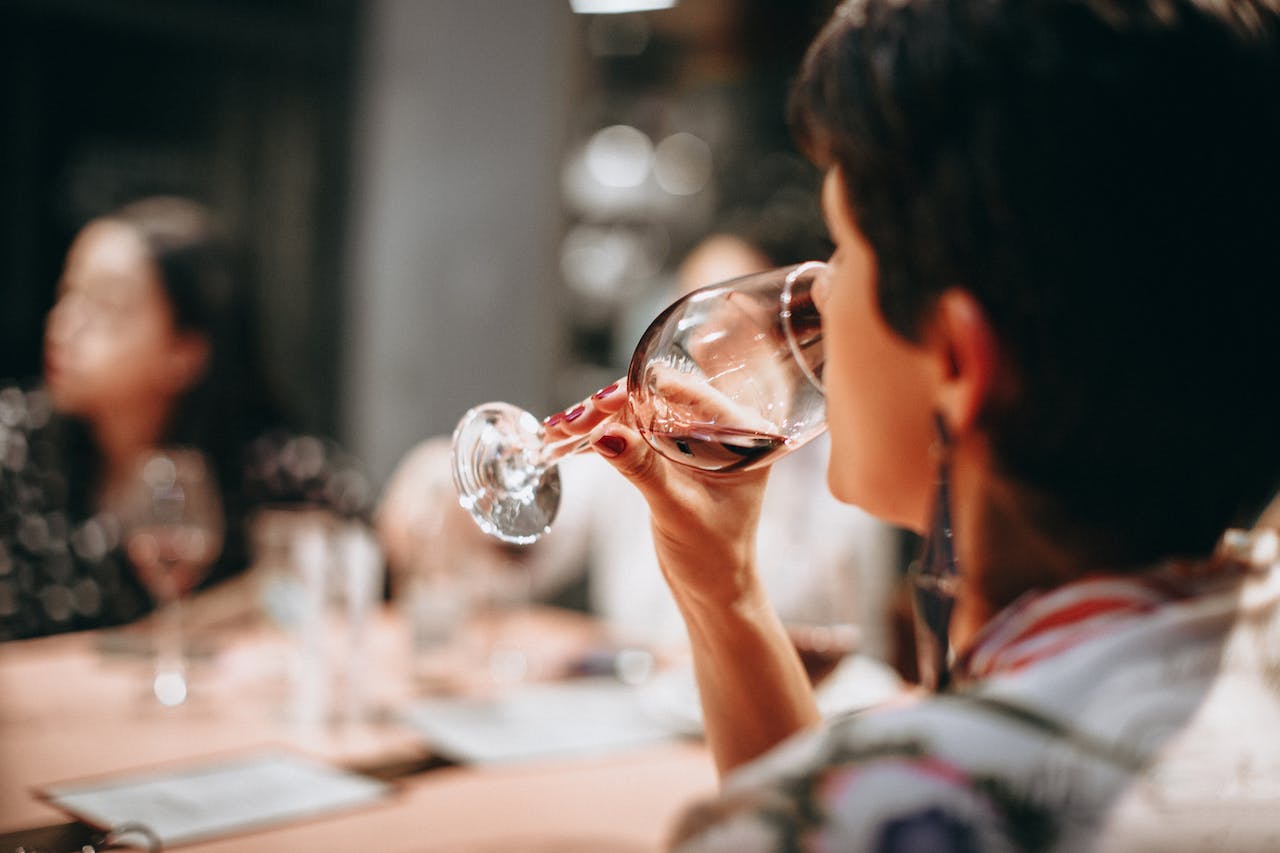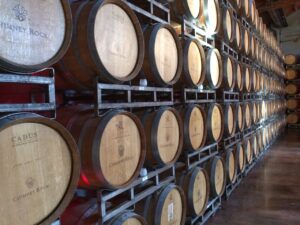
Starting to taste wine for the first time is an exhilarating adventure into the world of flavors, smells, and winemaking creativity. Whether you’re a curious beginner or a burgeoning wine connoisseur, knowing the basics and enjoying the process can improve your appreciation of this age-old beverage. This article will cover all you need to know to make sure you can confidently and enthusiastically traverse vineyards and wineries before your very first tasting of wine.
Understanding the Basics of Wine Tasting
It is important to understand the fundamentals before going on your first wine-tasting excursion. Discover the many sorts of wine, including red, white, rosé, and sparkling, as well as the grape varietals that go along with them. Learn the vocabulary used in the wine industry, such as terminology for tannins, acidity, and body. Gaining a better understanding of these principles can improve your appreciation and pleasure of the tasting process. You’ll learn as you explore the world of wine that every variety has its backstory that is shaped by elements like soil, climate, and winemaking methods.
Choosing the Right Wine-Tasting Venue
A great wine tasting is created by choosing the ideal location. Various locations are available, including wineries, wine bars, and even planned events. Take into account the ambiance, the staff’s skill, and the selection of wines offered. Some locations, like wineries in Texas, could provide a themed experience by concentrating on particular wine areas or varieties. Look into and select a place that suits your tastes and provides a friendly atmosphere for newcomers. Selecting an appropriate location not only improves your wine-tasting pleasure but also gives you a chance to engage with the rich customs and culture of winemaking fully.
The Art of Swirling, Sniffing, and Sipping
There’s more to wine tasting than merely sipping a glass. Gaining proficiency in swirling, smelling, and drinking enables you to appreciate each wine’s subtleties completely. To release the aromas and aerate the wine, swirl it in your glass. Take time to inhale the aromas while recognizing the various nuances slowly. When you do taste, notice the finish, texture, and flavor character of the wine. Tasting is enhanced when you use all of your senses. As you use these methods, you’ll discover that one satisfying part of the tasting experience is developing your sense of subtle flavors and scents.
Developing a Tasting Routine
You may ensure consistency and ease your way through a variety of wines by developing a systematic tasting regimen. Advance to heavier wines by starting with milder ones. Make notes on each wine, including your thoughts, your favorite aspects, and any particulars the host or label mentioned. This exercise contributes to your expanding palette and helps you recall your preferences. With practice, you’ll create a unique style of tasting that will improve your capacity to recognize the variety of wines.
Pairing Wine with Food
In the realm of wine tasting, knowing how to match wine with food is an invaluable ability. Some wines go well with particular tastes, bringing out the best in both the wine and the food. Red wines, for instance, go well with red meat, whereas white wines go well with fish and fowl. During your tasting, try a variety of pairings to see how the flavors complement and work together to improve the entire eating experience. Discovering how wine and food interaction may lead to harmonic pairings that entice your taste buds and reveal a whole new level of enjoyment.
Asking Questions and Seeking Guidance
Talk to the hosts or staff as soon as possible after your wine tasting. You may learn more by inquiring about the wines, the brewing procedure, and even the vineyard’s past. Employees in wineries are frequently enthusiastic about what they do and want to impart their expertise. Asking for help not only increases your gratitude but also makes the event more engaging and pleasurable. These exchanges might bring you new perspectives on the wines you’re tasting, making the experience more enlightening and informative.
Conclusion
After your first wine tasting, consider the range of flavors, the variety of scents, and the intricate fabric of the wine world you have experienced. Every minute, from the first swirl to the last sip, adds to a voyage of understanding and gratitude. Keep in mind that tasting wine is a personal experience and that your tastes will change with each sample. The essence is in the delight of discovery, whether you fell in love with powerful red wines or learned the subtleties of a well-aged white.


